

James Wong
2026 Audi SQ5 review: Quick drive
5 Days Ago
It's said that Australians love to travel, and that's true of the cars as well. Some were a success, but there were more than a few oddities too.

Journalist


Journalist
During a recent walk around my New Jersey neighbourhood I felt a brief rush of Australian pride when I spotted a Mitsubishi Diamante, and then a few minutes later a Pontiac G8.
Apart from stirring a deep craving for a meat pie, lamington, and a half-decent serving of fish and chips, it did make me dive into my memory bank to see which cars have sailed off from our distant shores to make it big elsewhere in the world.
And when we mean elsewhere in the world, we’re excluding New Zealand and the Pacific islands, as that’s a can of sedans that’s just too messy to open.
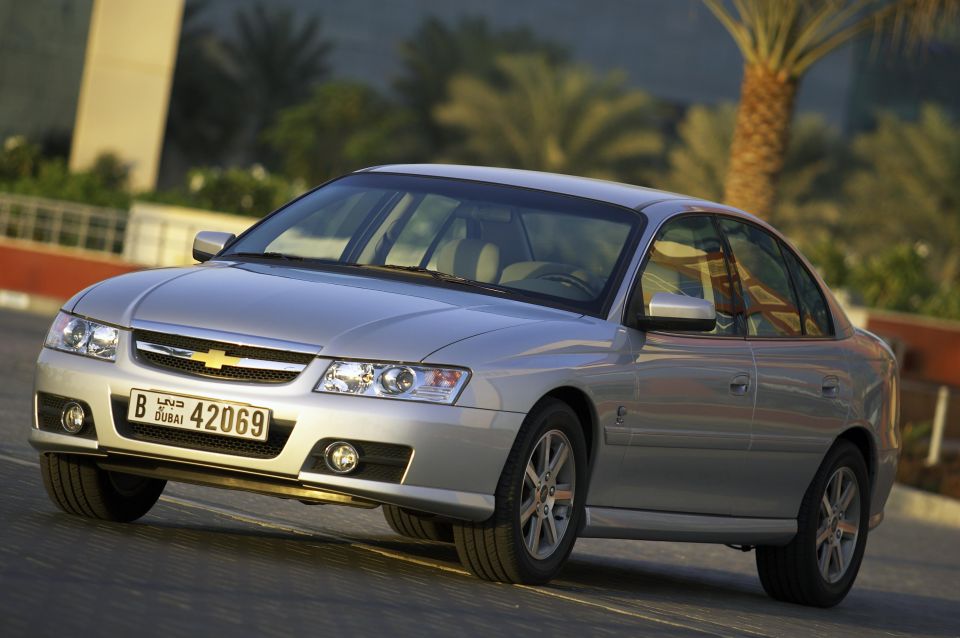
It’s not the most exported car from our Great Southern Land, but the Commodore and its offshoots certainly win the prize for wearing greatest variety of badges during their overseas travels.
In the mid-1990s a small number were sold in Singapore and Malaysia as the Opel Calais. Among its oddities, the Opel Calais was a short wheelbase model with the front end taken from the Statesman, and it was fitted with Opel’s 2.6-litre straight-six in order to lower its road tax.
In the 1990s car development costs were rising at a furious rate, so to improve economies of scale, as well as serve as a hedge against any local downturns, Holden was able to secure funds to ensure the 1997 VT Commodore range could be made in left-hand drive.
The primary export market was the Middle East where affordable yet spacious and powerful sedans fit in just fine. There the Commodore was rebadged as the Chevrolet Lumina.
The VT and VX were also sold in Brazil as the Chevrolet Omega, and were direct replacements for the Chevy-badged versions of the Opel Omega imported from Germany.
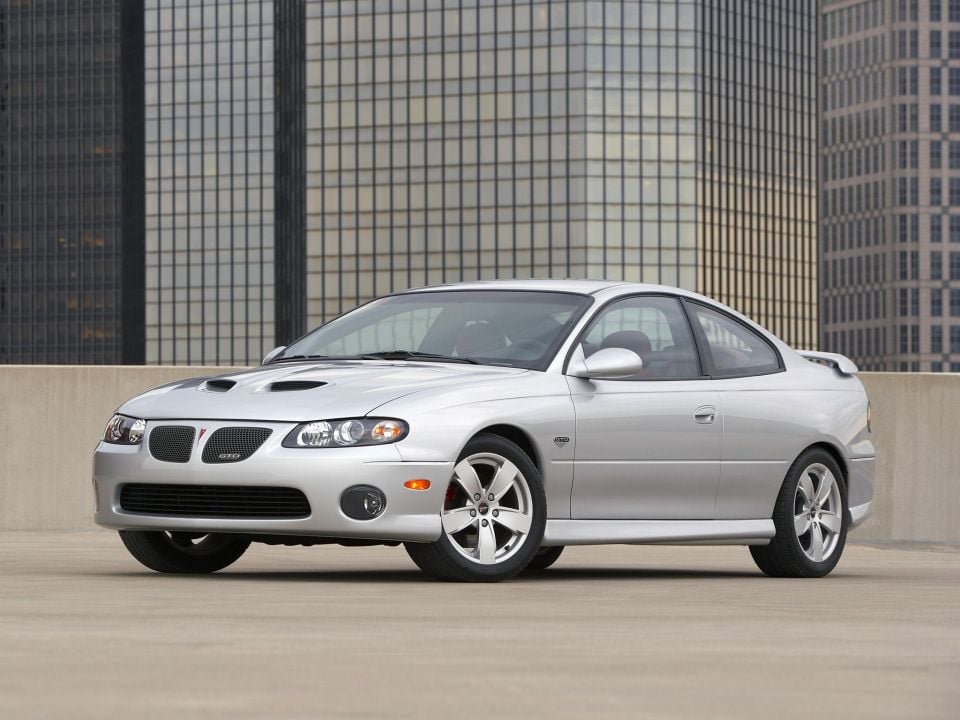
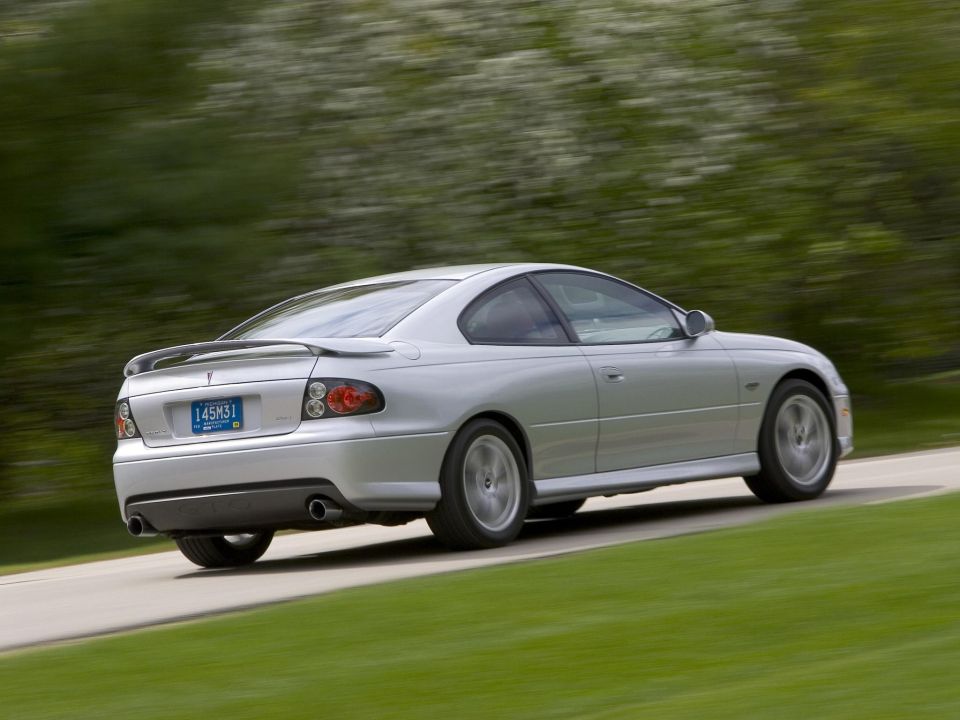
The efforts of Holden did not go unnoticed outside of Australia, with the Commodore and later Monaro coupe catching the eye of one Bob Lutz, then head of GM North America.
Wanting to inject some affordable fun into GM’s Stateside range, he succeeded in getting the Monaro coupe re-engineered for American regulations.
While the Pontiac GTO finally put some truth to the marque’s “We Build Excitement” tagline, it wasn’t the home run everyone had hoped for.
Due to the rising Australian dollar, the GTO was about US$10,000 more expensive than originally planned, and the styling was criticised as being sedate compared to earlier generations.
A year into its life, the GTO gained bonnet scoops and a larger 300kW 6.0-litre V8 engine.
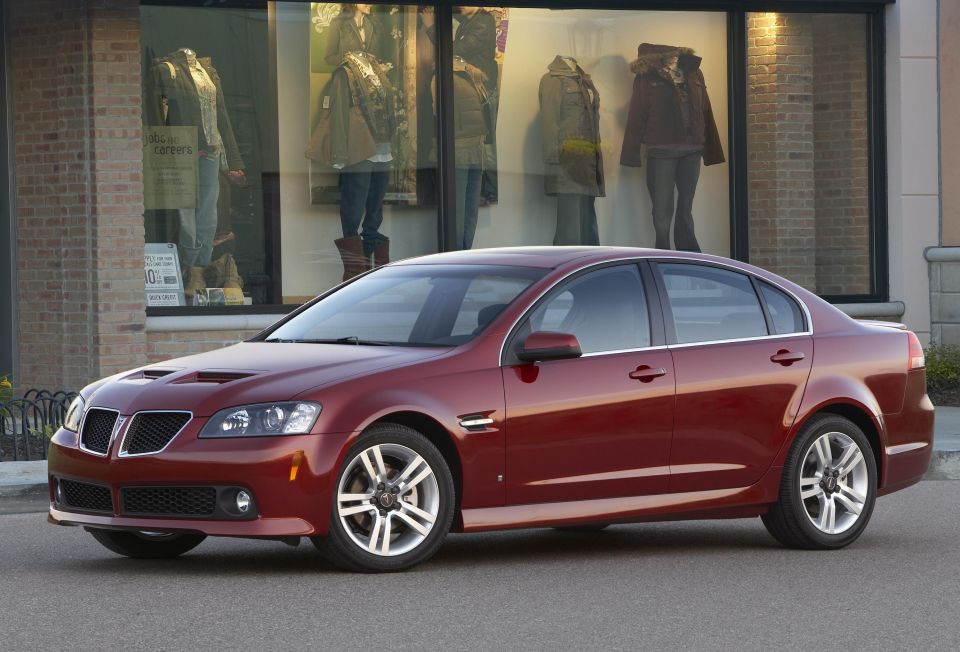
With the VE specifically designed to meet American crash standards, Holden had grand plans for its “billon dollar baby”.
Not only would the new Commodores be exported to the Middle East as the Chevrolet Lumina, it would be sent to the States as the Pontiac G8 complete with larger nostrils and vents in the bonnet.
The underlying Zeta platform was planned as a basis for a new raft of affordable rear-wheel drive vehicles in USA. With GM’s increasingly parlous financial position only one would ever go into production: the fifth-generation Chevrolet Camaro.
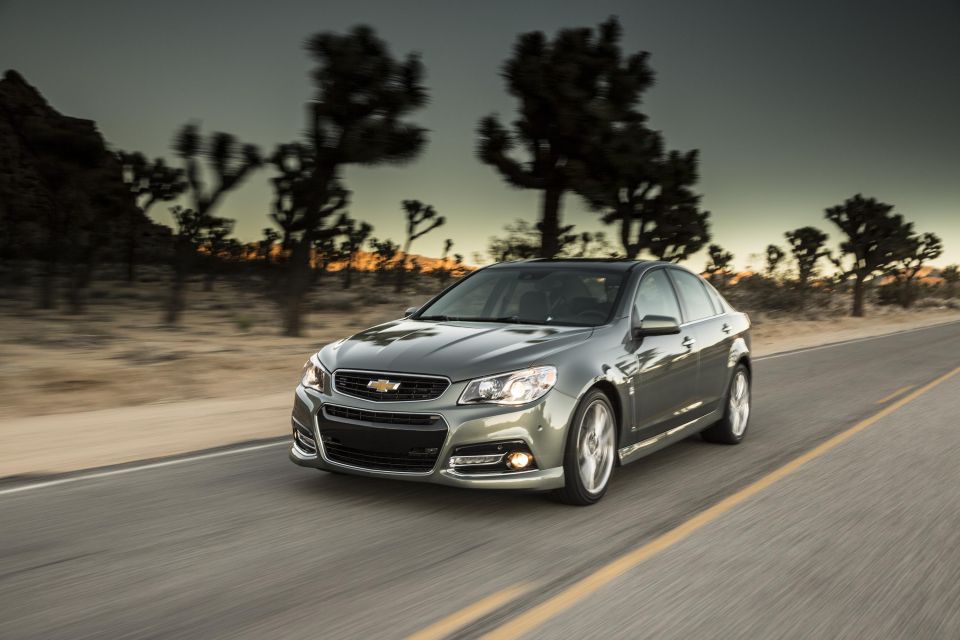
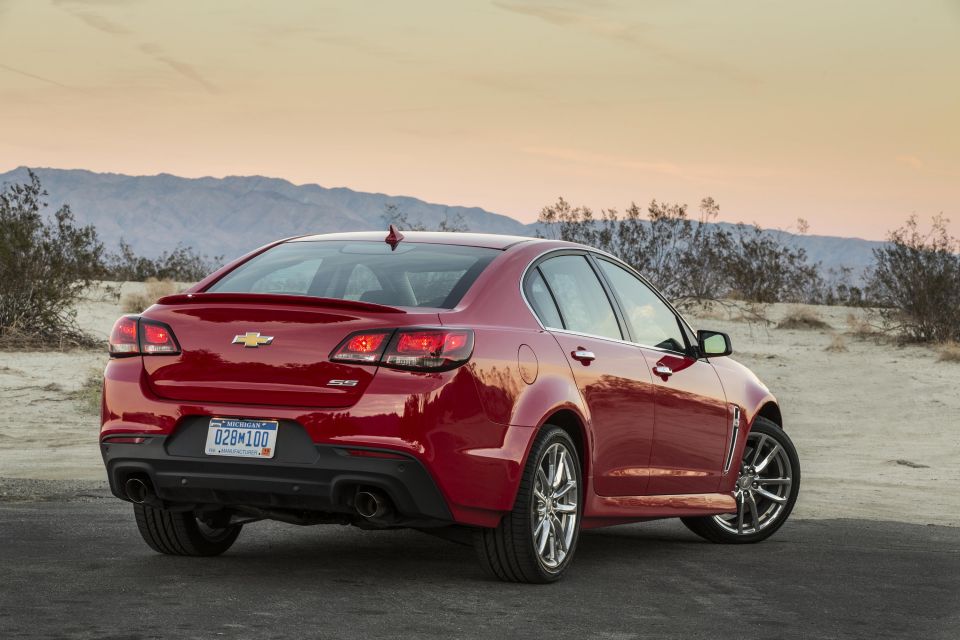
And due to GM’s descent into Chapter 11 bankruptcy protection, the Pontiac brand was shuttered, the G8 axed and plans to export the ute as a Chevrolet El Camino tribute were shelved.
The Commodore returned to North America in 2013 with the release of the VF facelift, this time wearing the Chevrolet bow tie and simply badged SS.
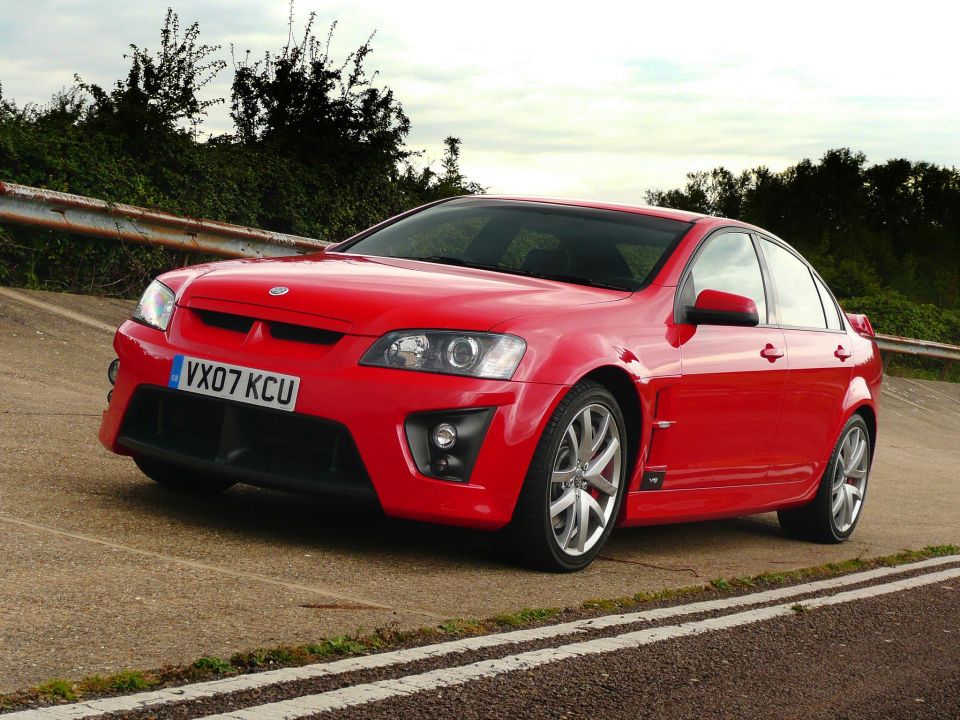
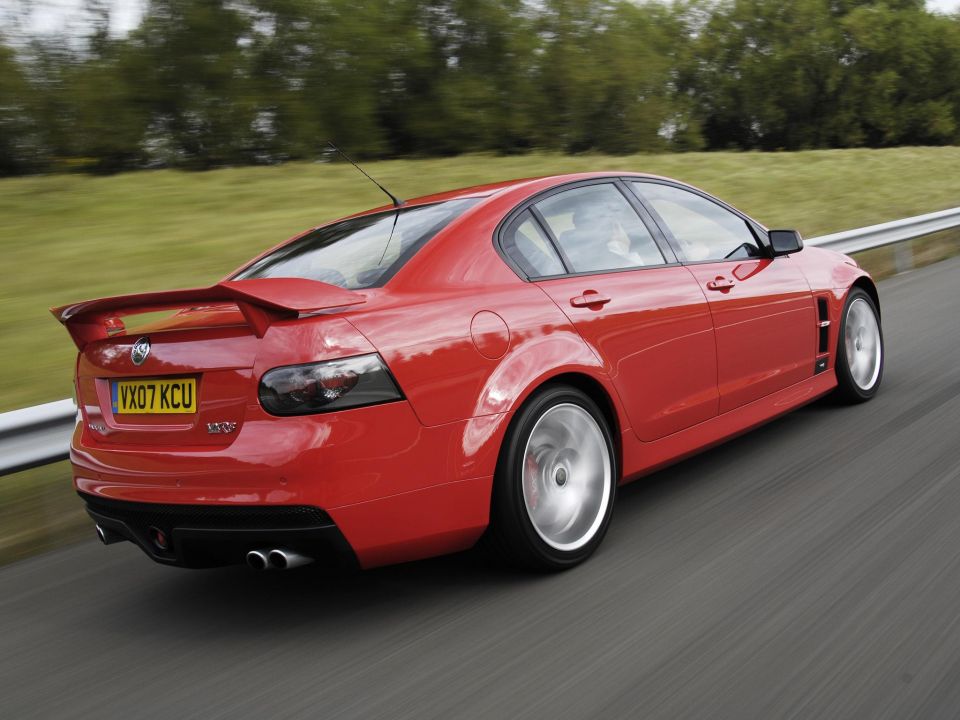
Thanks to our shared status as right-hand drive countries, Vauxhall showed an interest in the Commodore range as a low-volume import.
After affixing the griffin badge to the Monaro, Vauxhall also imported a variety of HSV-fettled Commodore models – including the sedan, wagon and ute – to the UK under the VXR8 label.
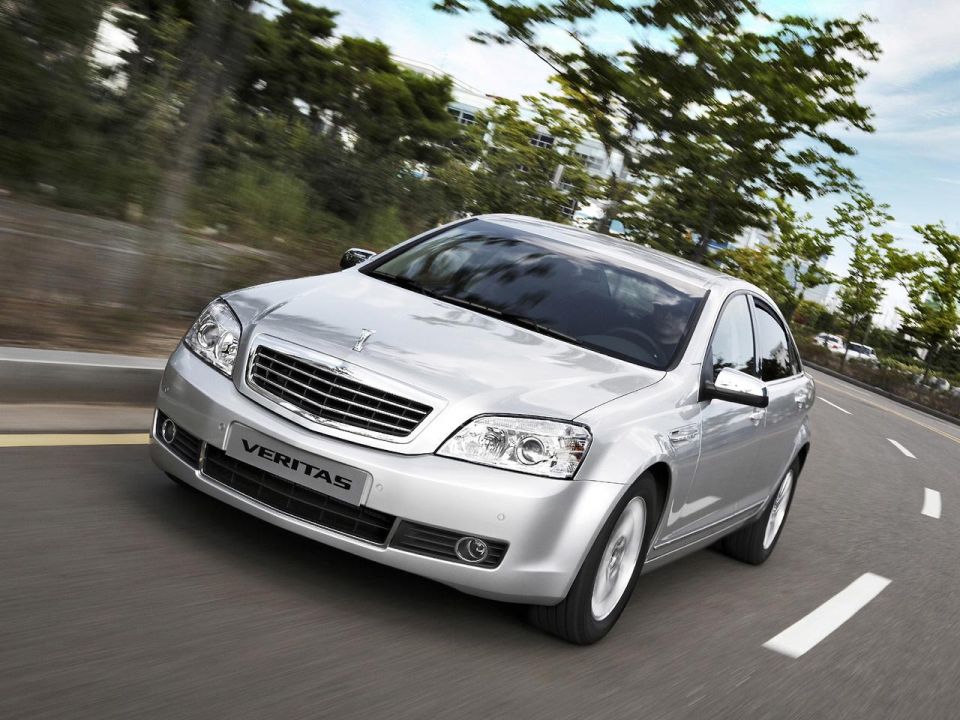
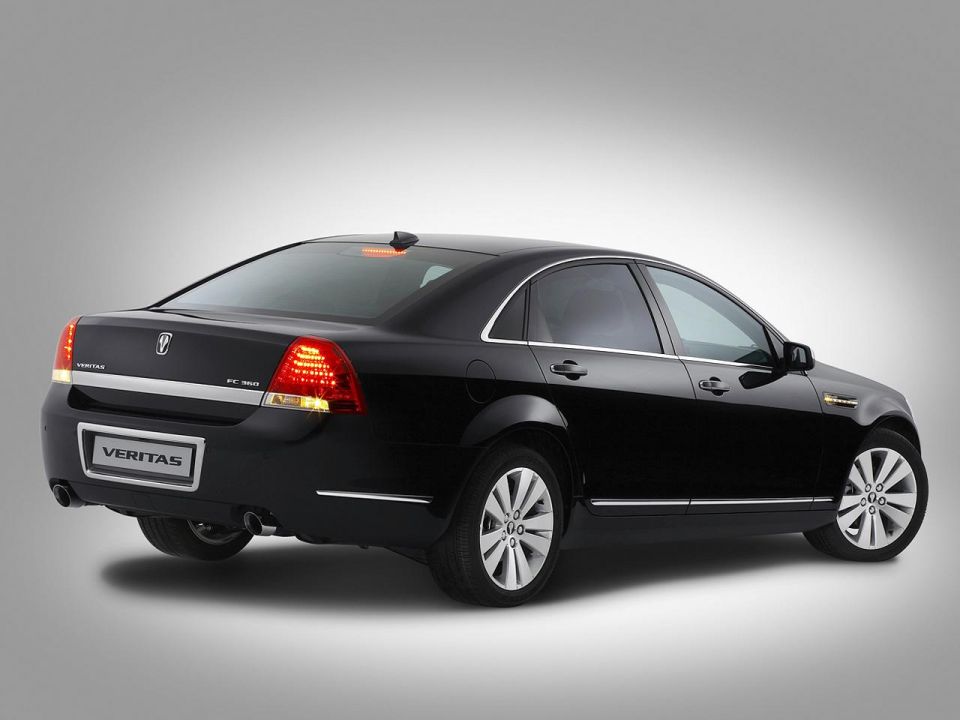
Beginning with the 1997 VT-based WH range, Holden began sending its long wheelbase models further afield with Chevrolet Caprice following the Commodore/Lumina to the Middle East.
In 2004 the V6-equipped Buick Royaum headed to China, and the Daewoo Statesman was sold in South Korea.
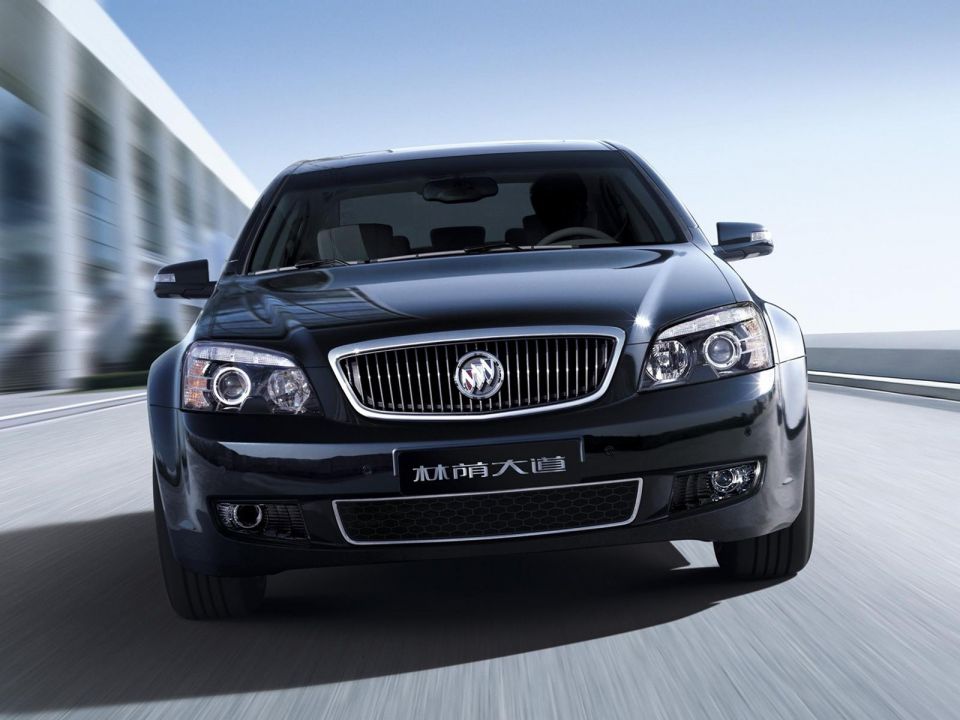

The final generation of long-wheelbase Holden models were also sold overseas under a variety of names, including the Chevrolet Caprice in the Middle East, and as the Daewoo Veritas — complete with hood emblem — in South Korea.
Holden also produced completely knocked down (CKD) kits for China. Reviving the classic Buick Park Avenue name, the range-topping sedan was available with 2.8- or 3.6-litre V6s, and, interestingly, a unique dashboard design plus heated, ventilated, and reclining rear seats.
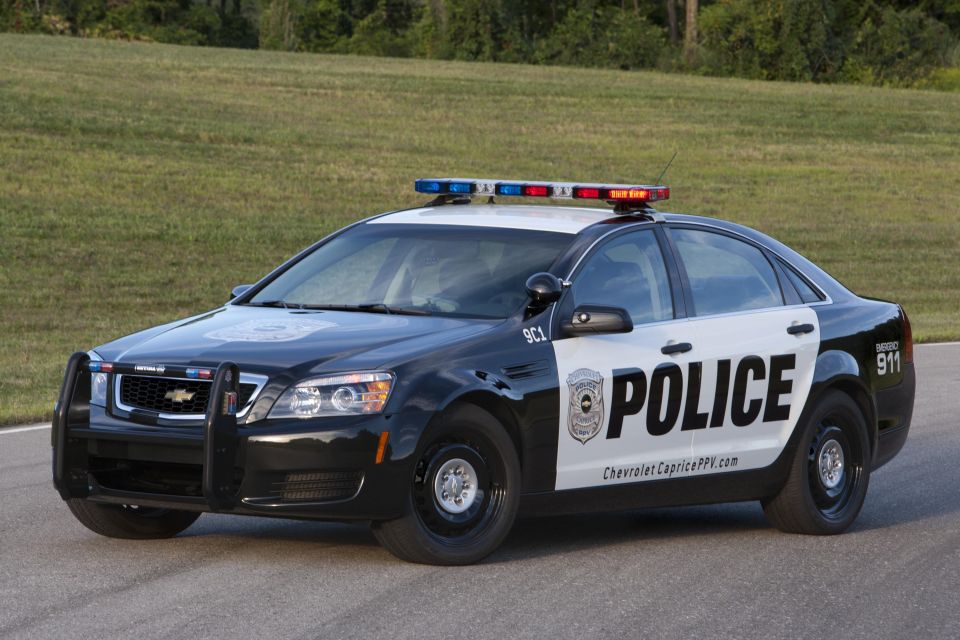
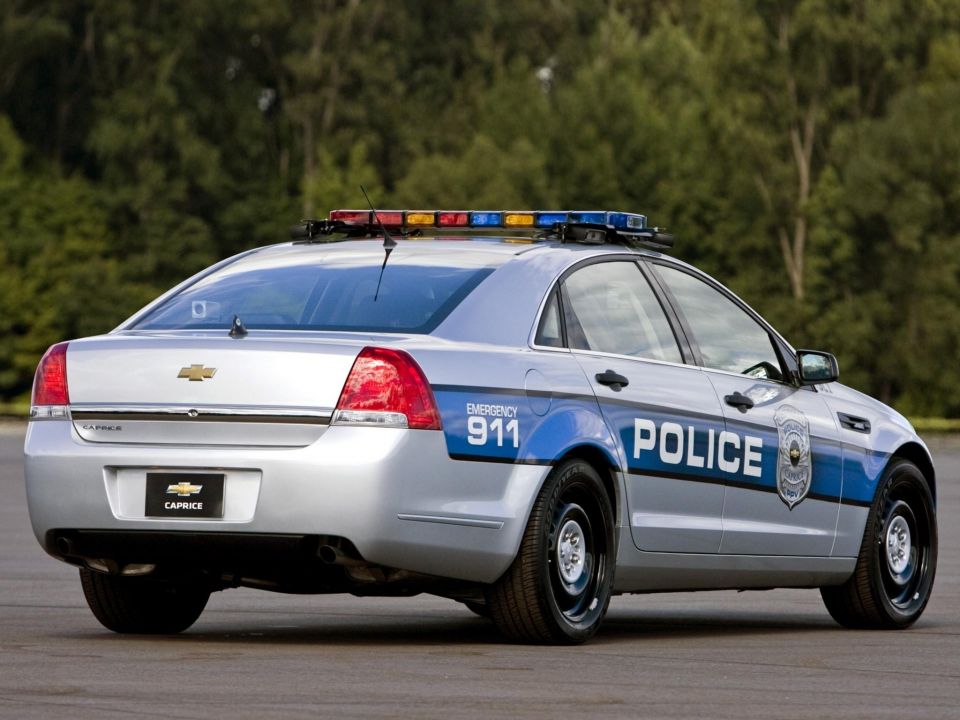
The long wheelbase models were also shipped to US as the Chevrolet Caprice PPV or Police Patrol Vehicle.
Designed for police work, it came with a redesigned centre console and tougher suspension, as well as a whole slew of options, including dividers and uncomfortable plastic rear seats.
While Holden’s rear-wheel drive layout and long history in law enforcement made it a compelling choice, it only made a small dent in the market, which was dominated by the Ford Taurus and later Explorer.

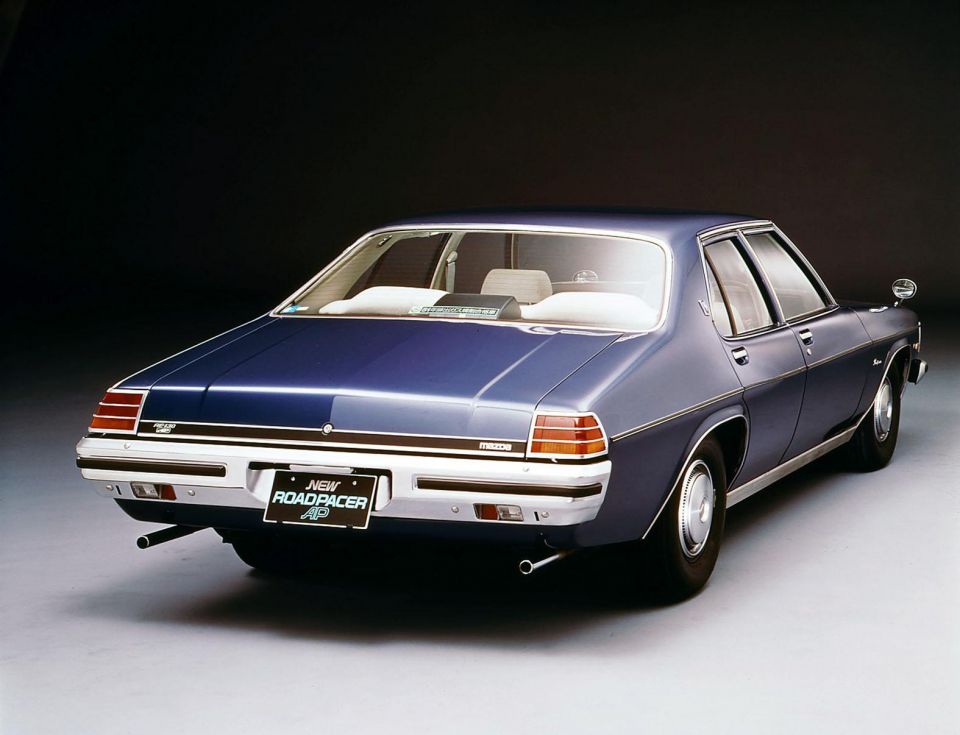

Before the Commodore came on the scene, the Kingswood-based range was Holden’s bread and butter.
Holden sold its cars under its own brand in South Africa until the late 1960s when it was replaced by Chevrolet. Until the 1970s, the Kingswood and Statesman were sold as the Kommando and Constantia.
The ute was also rebranded as the Chevrolet El Camino.
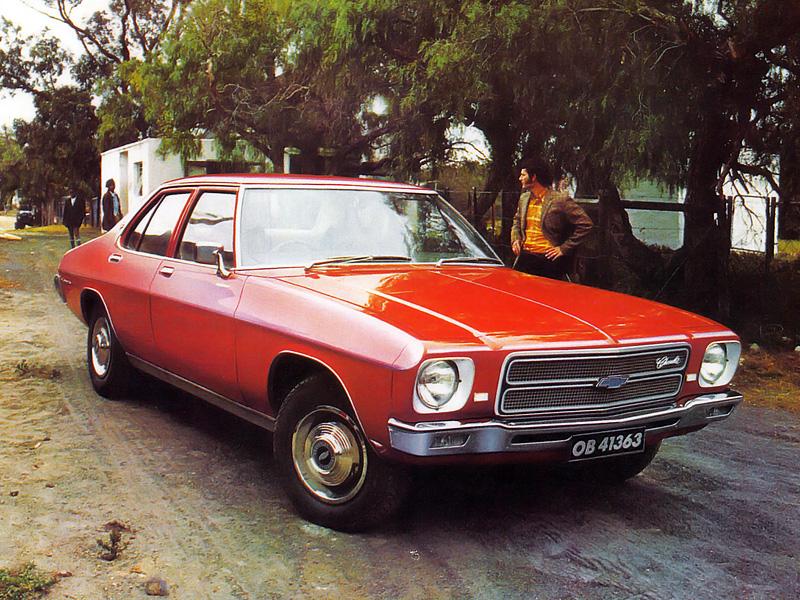
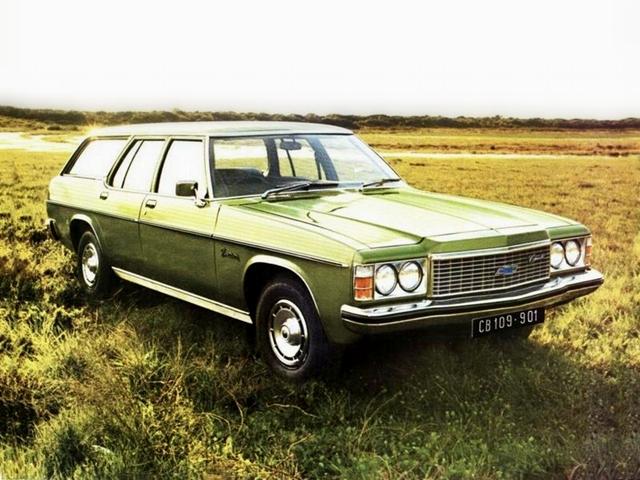
In 1970s a number were shipped off to Thailand, Indonesia and the Philippines, but Holden’s most famous travels were to Japan where it was branded as the Mazda Roadpacer AP.
Mazda, not for the last time in its history, wanted to be a full-line manufacturer competing head-to-head with the likes of Toyota and Nissan, but it lacked a large sedan to woo corporate executives and high-ranking government officials.
Hence the slightly off-the-wall scheme to import the HJ Premier without an engine from 1975. Mazda then added some luxury gizmos, including central locking and a rear fridge, as well as a naturally-aspirated 1.3-litre rotary engine making 97kW at 6000rpm and 138Nm.
Given the car’s 1575kg weight, the Roadpacer was more Eric the Eel than Michael Phelps. Reports indicate only around 800 were sold.
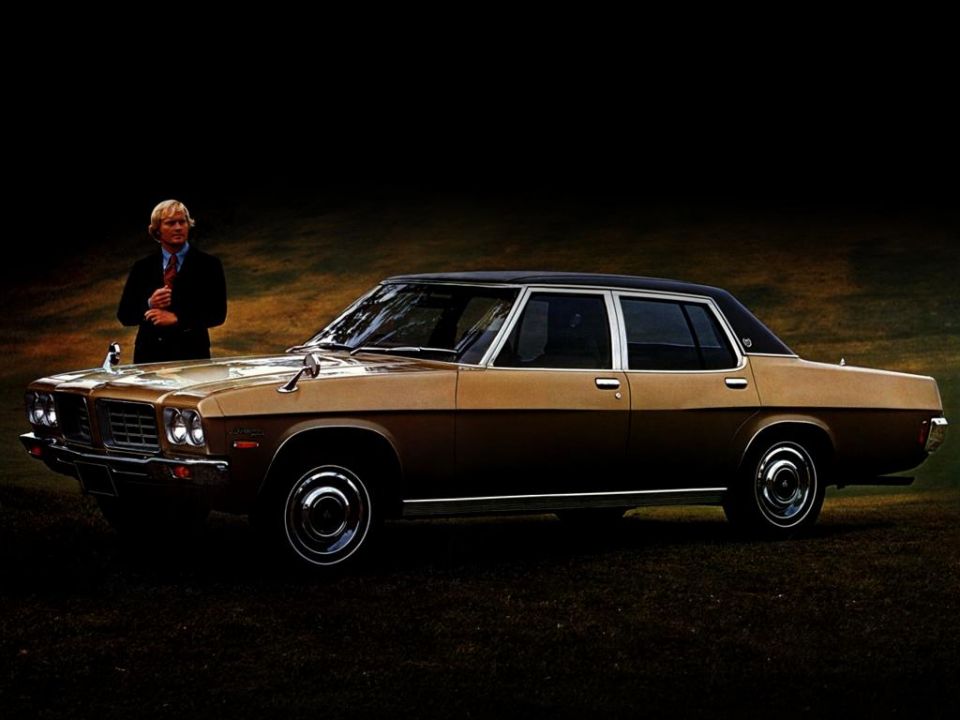
The Mazda was not only up against domestically-developed models, but also — for a time — another Holden import, the even-larger Isuzu Statesman de Ville.
Sold with a 177kW 5.0-litre V8 and measuring just a tick over five metres long, the Isuzu easily dwarfed most vehicles on Japanese roads.
Like the later Mazda, Isuzu found the Statesman hard to shift, and production stopped after only a few years. Just 246 examples were sold.
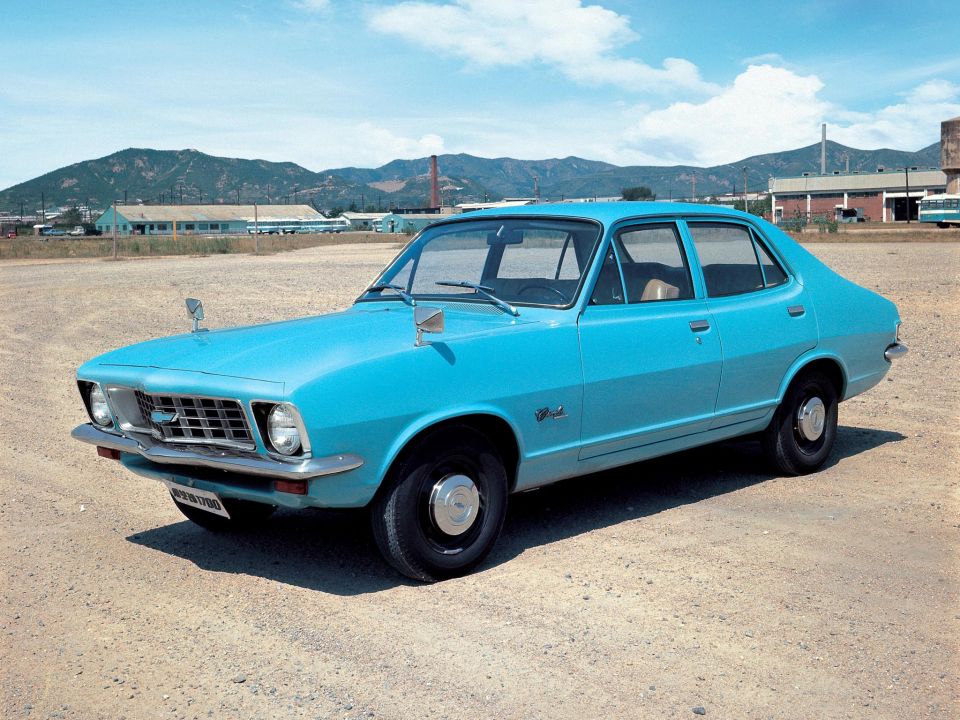
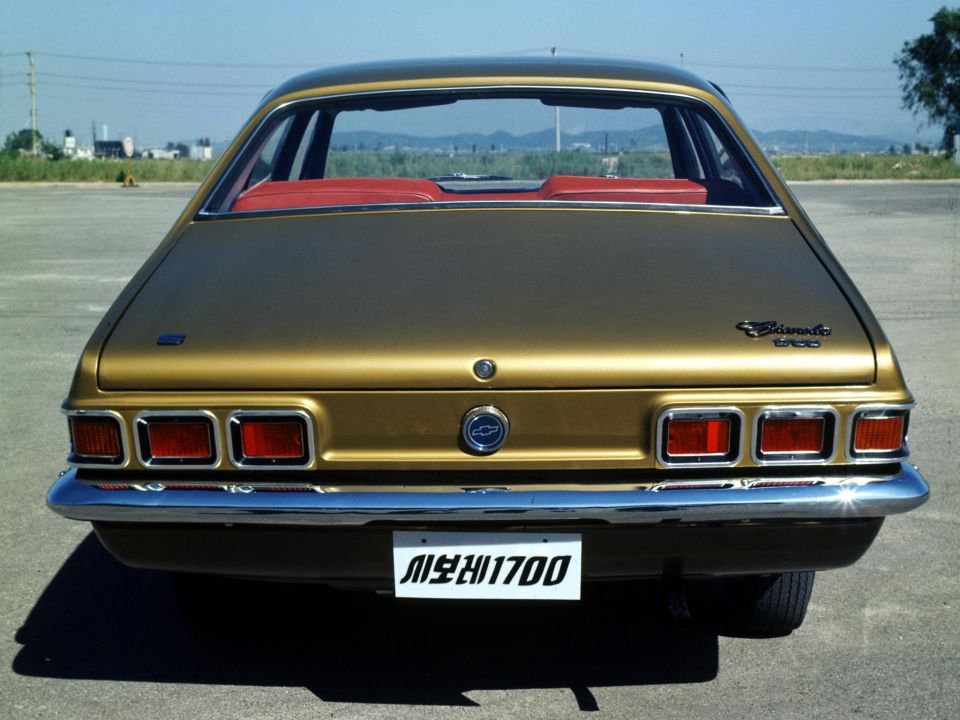
In 1972, Shinjin Motors, South Korea’s first automobile maker, formed a partnership with General Motors.
Among the cars introduced by the partners was the Chevrolet 1700, which used a locally-produced Holden Torana body and chassis as its basis. Instead of employing a Holden drivetrain, it was fitted with a 1.7-litre four-cylinder engine.
Later the 1700 was rebranded as the Saehan Camina.
Fun fact: Saehan was eventually taken over by Daewoo. When Daewoo finally collapsed, GM purchased the automaker, with Holden being one of the main stakeholders.
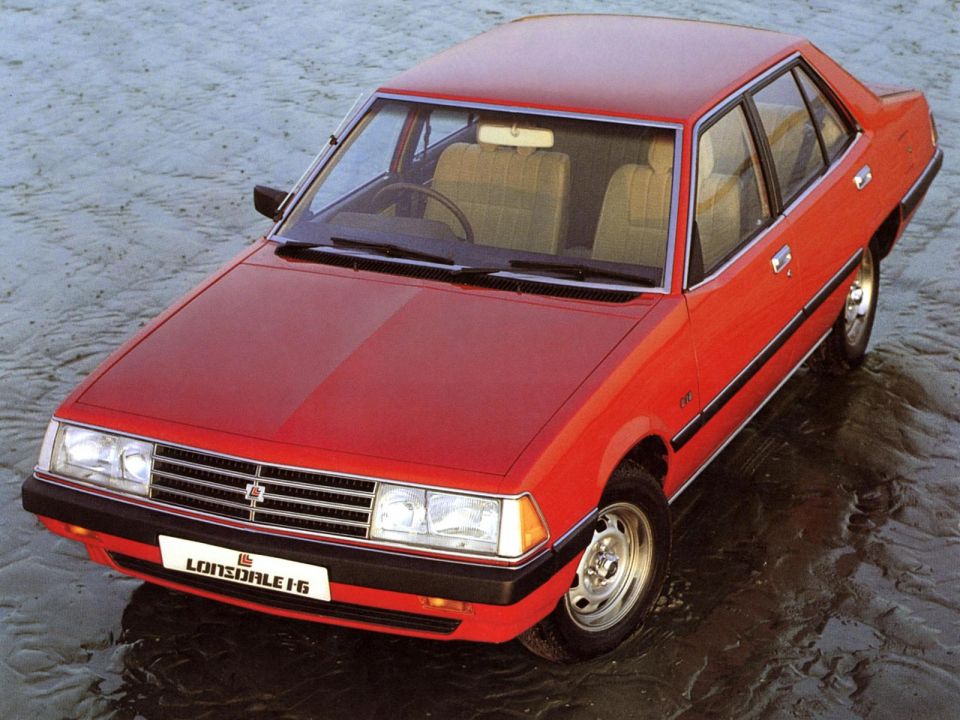

In mid-1970s, Japanese automakers reached a gentleman’s agreement with the UK: they would limit their market share to around 11 per cent for vehicles imported from Japan.
Eventually Japanese automakers set up plants in the UK and EU to get around this issue, but Mitsubishi — then known as Colt in the UK — found a different solution.
In addition to importing the Colt Sigma from Japan, it would bring in the Australian-made version.
In order, presumably, to stick to the letter of the agreement, if not the spirit, Aussie cars were sold under their own brand: Lonsdale, named after the suburb where Mitsubishi’s engine plant was located.
The new car failed to set the sales charts even lightly aflame. Indeed, many Lonsdales ended being rebadged and sold as Mitsubishi Sigmas.
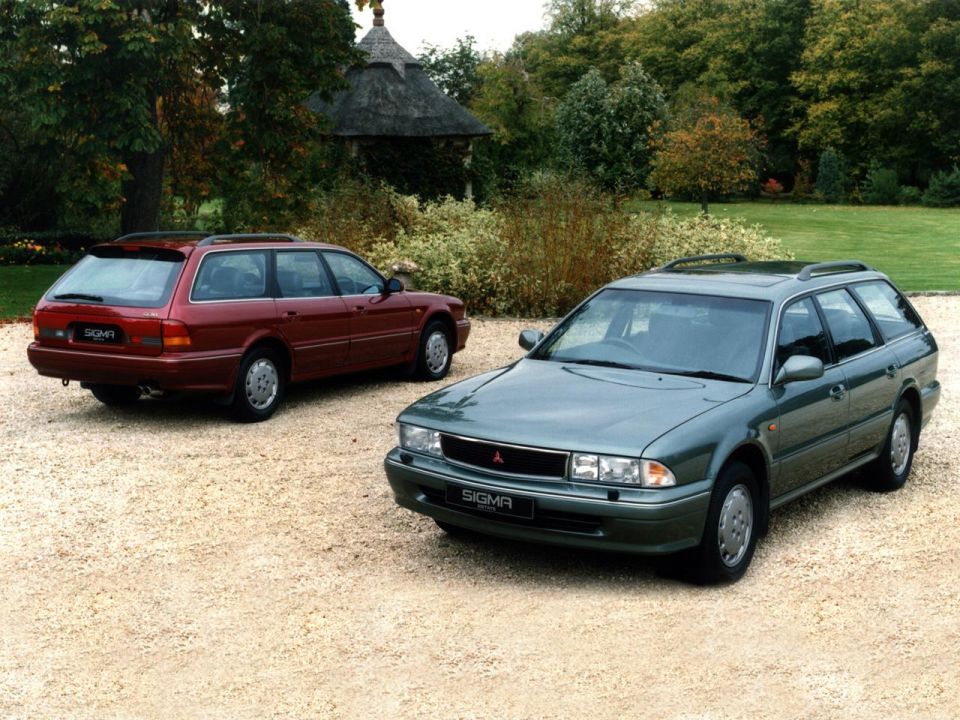
Thankfully Mitsubishi Australia’s export story didn’t end with the Lonsdale. Years later the locally-developed Magna and Verada were sold overseas.
Starting with the second-generation model, these wagons were shipped off overseas to the UK and Japan with Sigma badges, and to the US branded as the Diamante.
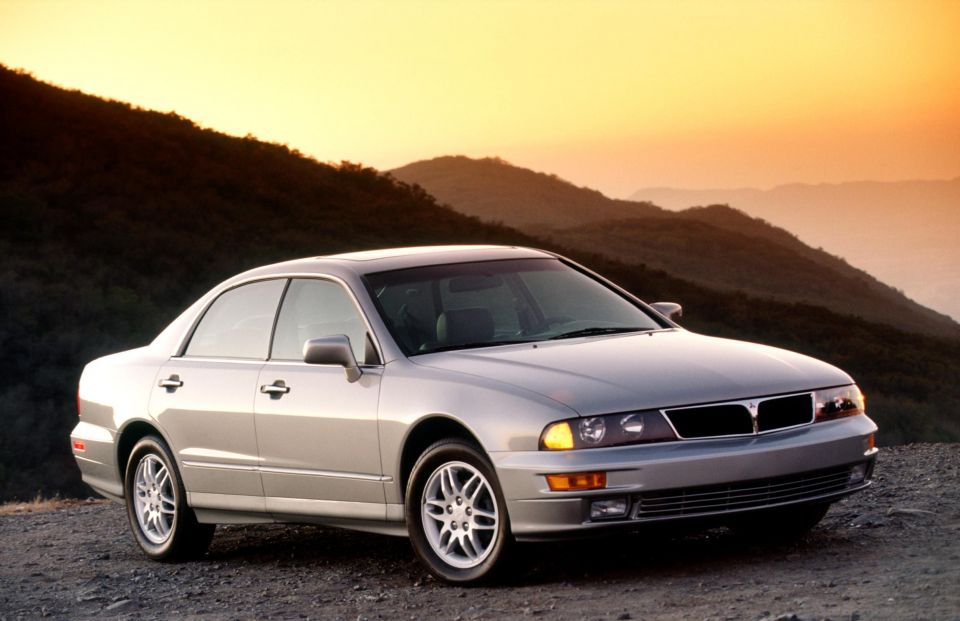
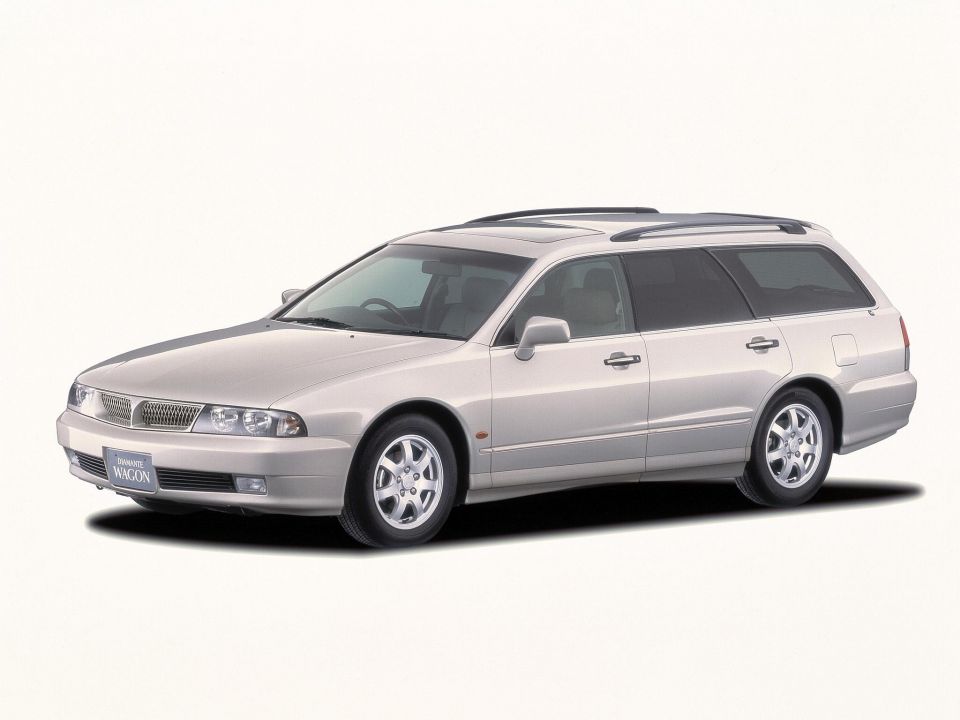
Unlike the Diamante sedan, which featured a pillarless look so beloved by Japanese automakers in 1990s, the wagon (and our Magna/Verada sedans) had framed doors.
With the launch of the third-generation Magna/Verada in 1996, Australia became solely responsible for Diamante models — both sedan and wagon — sold outside of Japan.
It also continued to send the Magna wagon back to Japan for sale there.
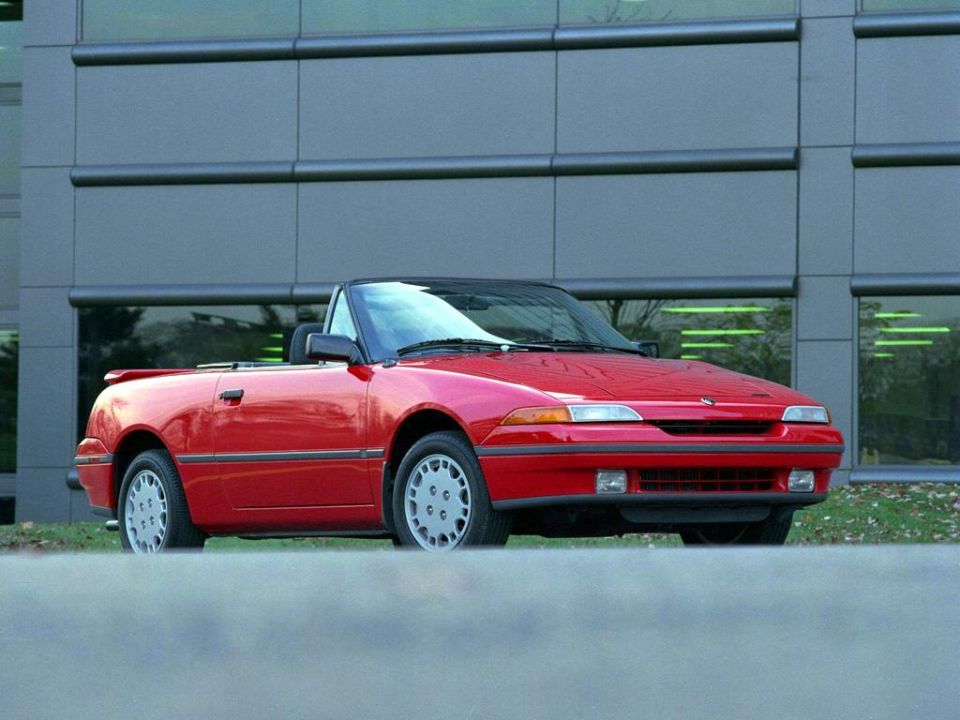

Developed primarily for export to the US, and based on the Laser platform, the Capri was inevitably seen as a Mazda MX-5 competitor.
Available with a 1.6-litre petrol engine in either 61kW naturally-aspirated or 100kW turbocharged forms, the Capri gave the Mercury brand its first unique model since 1978.
Leaky roofs on early models, a front-wheel platform, and the older demographic who normally visited a Lincoln-Mercury dealership meant the Capri was outsold by the more expensive Mazda MX-5 and meant production only lasted five years
The 1991 Capri was also quite a departure for the nameplate, which was originally affixed to rear-wheel drive coupes imported from Ford of Europe, and then for a Mercury version of the Ford Mustang.
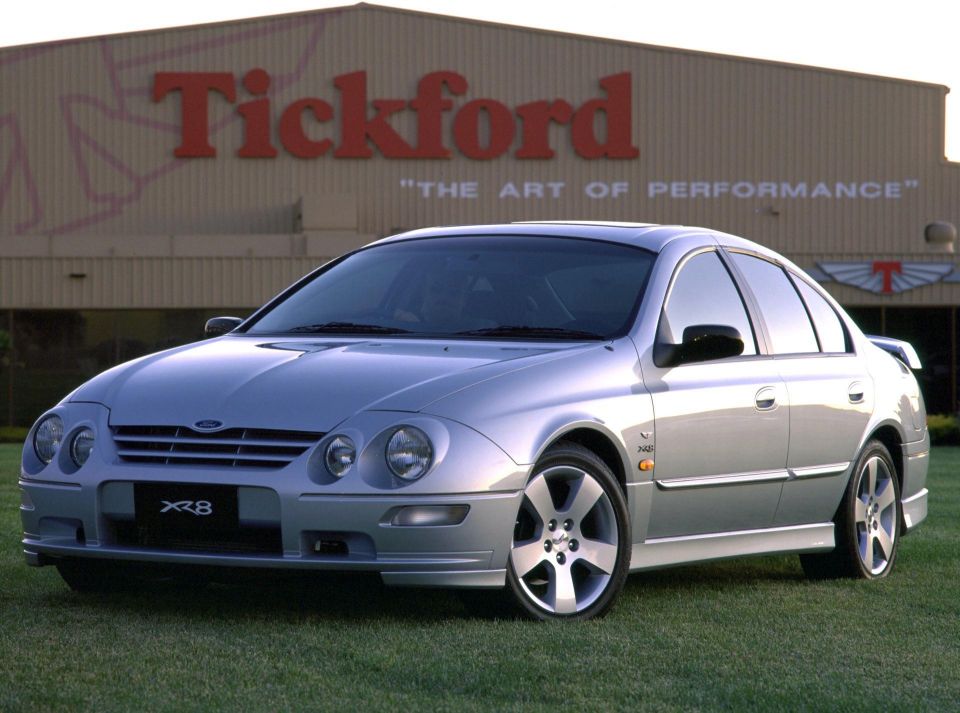
After the Capri affair, Ford Australia was never able to mount another major export program outside of New Zealand and the Pacific.
Falcons were sold for a while in post-Apartheid South Africa marking the car’s return after a 20-or-so year absence. A number were also converted into limousines and hearses for use in the UK.
At the turn of the millennium, a small number of LPG Falcon wagons were trialled in Hong Kong as taxis. Even though they were more spacious, especially in the boot, than the Toyota Crown and Nissan Cedric, the Australian model never really got going.
Like the Falcon it’s based on, the Territory crossover also found its way over to South Africa. More surprisingly, around 100 were sent to Thailand too, although import taxes made it too pricey.
The Territory name lives on today, albeit on a remodelled JMC Yusheng S330. Initially sold only in China, the car is now available in parts of Latin America.
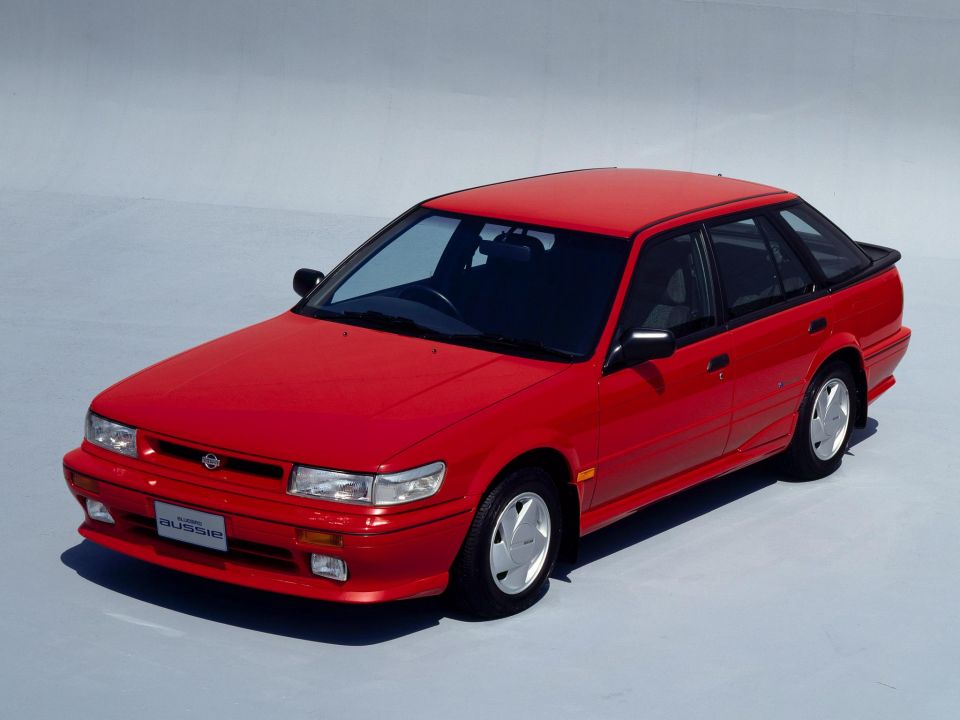
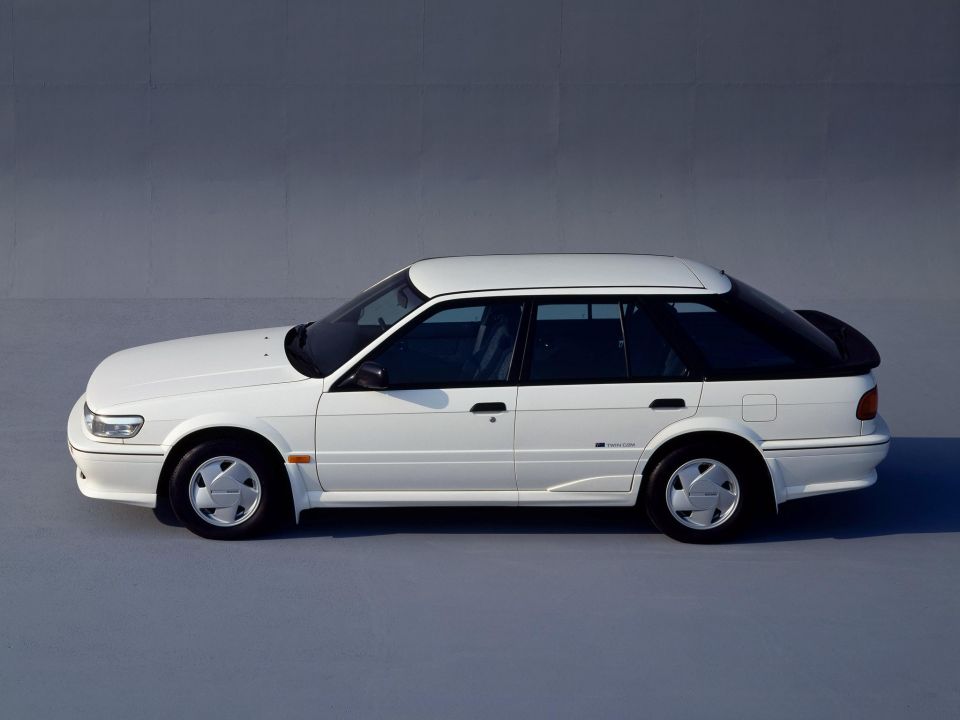
Perhaps hoping to capitalise on the Australia fad, as well as make use of the Australia-developed Superhatch variant, the Nissan Pintara Superhatch was shipped to Japan and sold as the Bluebird Aussie.
Despite the lure of a free kangaroo soft toy, Aussie flags under the clock and on the keyring, as well as the option of sheepskin seat covers, only around 1300 Aussies were sold in Japan.
The awkward-looking hatch and uninspiring sedan didn’t find much favour Down Under either, and the decision was made to close the Clayton, Victoria, factory in 1992, just three years into the second-generation Pintara’s production cycle.
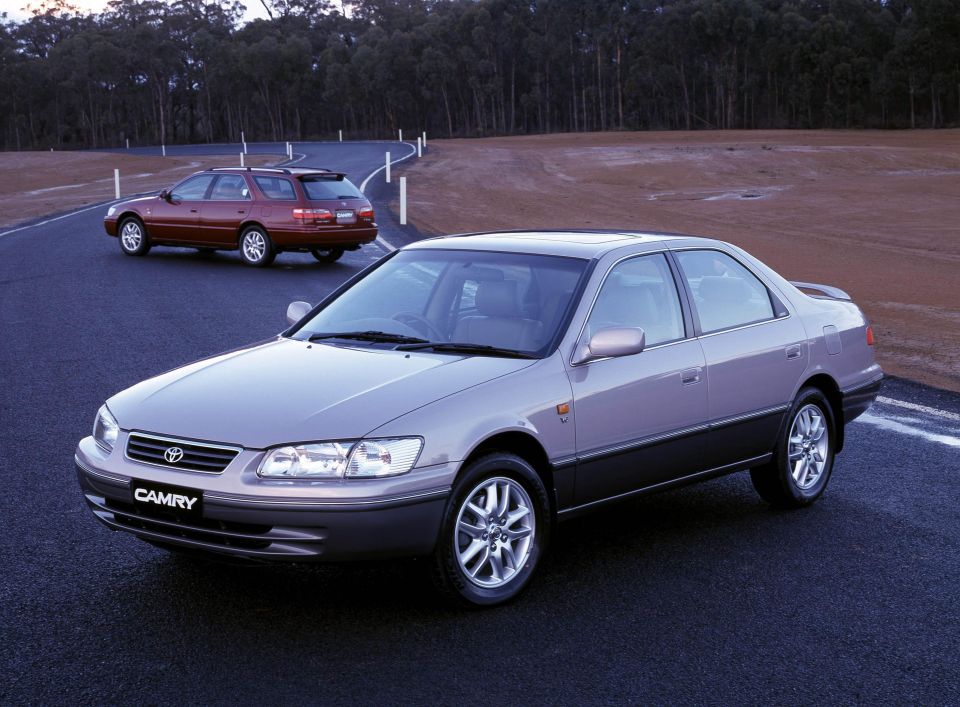
We put the Camry at the bottom because it has the least interesting backstory, but the numbers show the Camry was easily the country’s most successful automotive export.
Exports began in 1996, and continued virtually to the end of local production in 2017. For a good number of those years, Toyota Australia exported many more Camrys than it sold it locally. Exports peaked in 2008 when 97,153 were sent overseas.
In 2013, Toyota Australia exported its millionth Camry to the Middle East. All up around 1.2 million Aussie-made Camrys were sold overseas.
That’s a sizeable portion of the three million or so cars Toyota made in Australia during its 50 years as a manufacturer. By way of comparison, Holden only ever managed 700,000 exports.
Was there anything we missed out or a car you have more details on? Let us know in the comments section below.
Derek Fung would love to tell you about his multiple degrees, but he's too busy writing up some news right now. In his spare time Derek loves chasing automotive rabbits down the hole. Based in New York, New York, Derek loves to travel and is very much a window not an aisle person.


James Wong
5 Days Ago


Max Davies
4 Days Ago


Josh Nevett
3 Days Ago


Max Davies
3 Days Ago
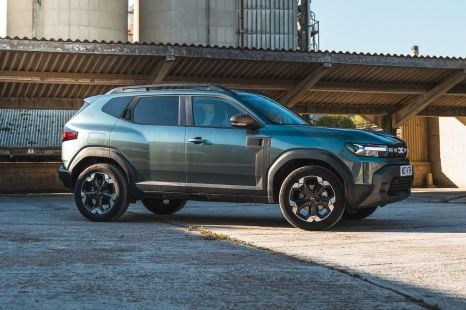

Damion Smy
2 Days Ago


William Stopford
1 Day Ago